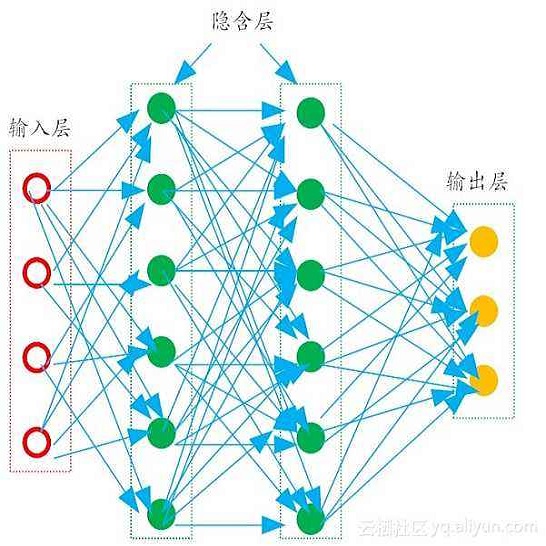With the development of technological progress, mining on asteroids is becoming a reality. This paper focuses on how to distribute asteroid mineral resources in a reasonable way to ensure global equity. To distribute asteroid resources fairly, 7 primary indicators and 20 secondary indicators are introduced to build a mathematical model to evaluate global equity and the weights are given by Analytic Hierarchy Process (AHP). Then Global Equity Score(GES) Model based on 12 primary indicators and 40 secondary indicators is built and TOPSIS method is applied to rank all countries. A t-distribution probability density function is applied to simulate the rate of asteroid mining. The Backward Algorithm is applied to quantitatively measure the impact of changing indicators on global equity. Then Pearson correlation coefficient analysis is conducted for each indicator, and t-test is performed lastly. The results demonstrate that asteroid mining promotes global equity that poor countries can be allocated slightly more mineral resources, and a schedule of the implementation of each measure is given. To gain more insight, sensitivity analysis is conducted and the results demonstrate that scores vary less than 7%. It can be concluded that our GES model have great potential as its robustness, accuracy and strengths.
翻译:随着技术进步的发展,小行星的采矿正在成为现实。本文件侧重于如何以合理的方式分配小行星矿物资源以确保全球公平。为了公平地分配小行星资源,引入了7个初级指标和20个次级指标,以建立一个数学模型来评估全球公平情况,分析等级进程给出了权重。随后,根据12个初级指标和40个次级指标构建了全球公平评分模型,对所有国家进行了排名。在模拟小行星采矿速度时应用了t分布概率密度功能。在数量上衡量变化指标对全球公平的影响时采用了向后演演算法。随后,对每个指标进行了皮尔森相关系数分析,最后进行了测试。结果表明,小行星采矿可促进全球公平,向穷国分配少量的矿物资源,并给出了每项措施的实施时间表。为了更深入地了解情况,进行了敏感性分析,结果显示分数少于7%。可以得出结论,我们的地球物理学模型具有巨大的潜力,因为其稳健性、准确性和强性。



